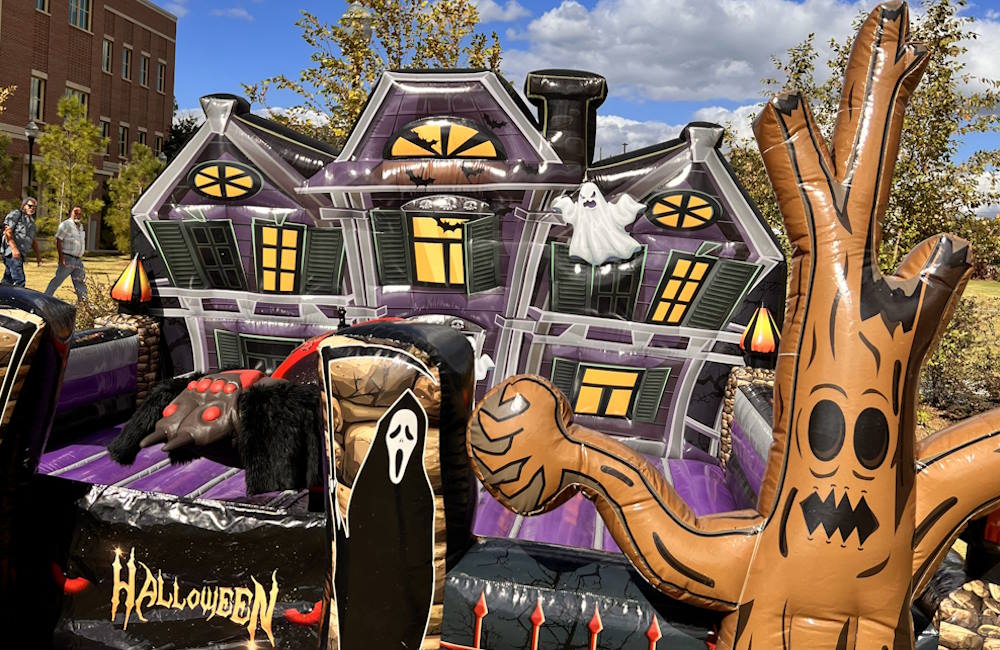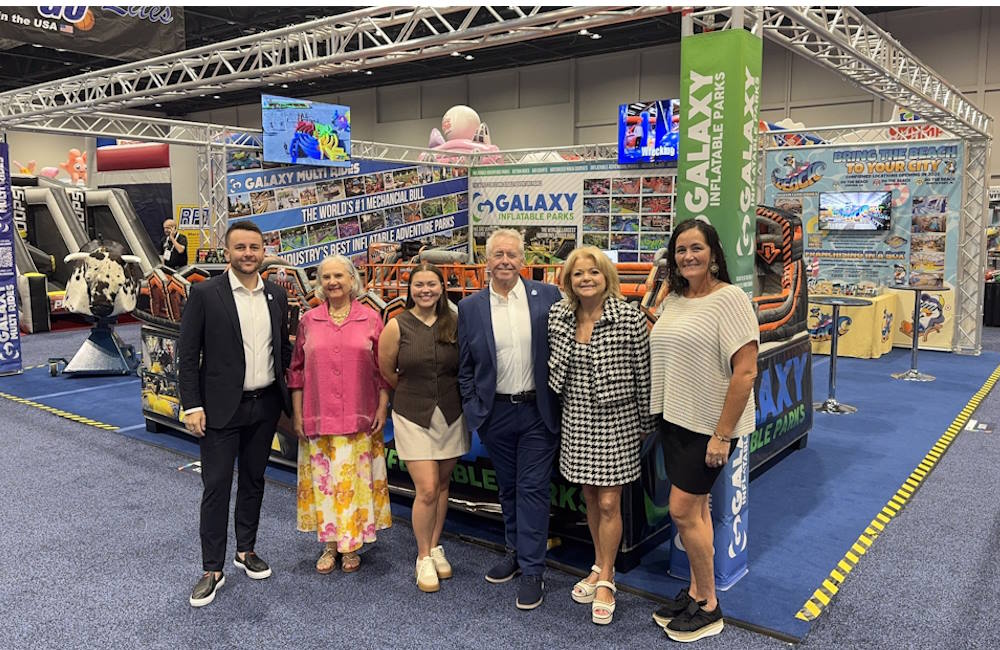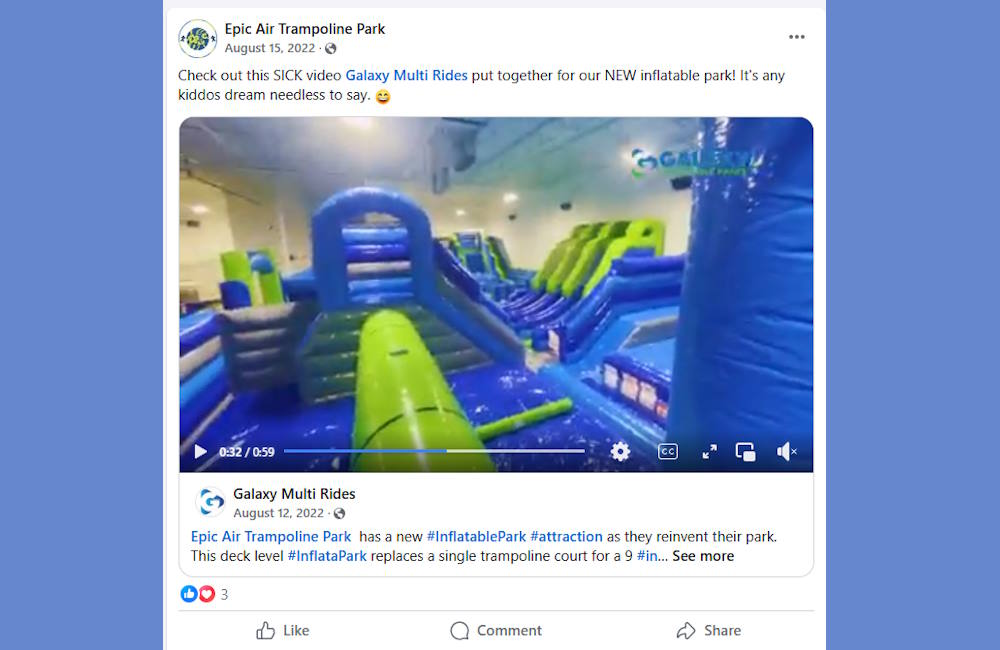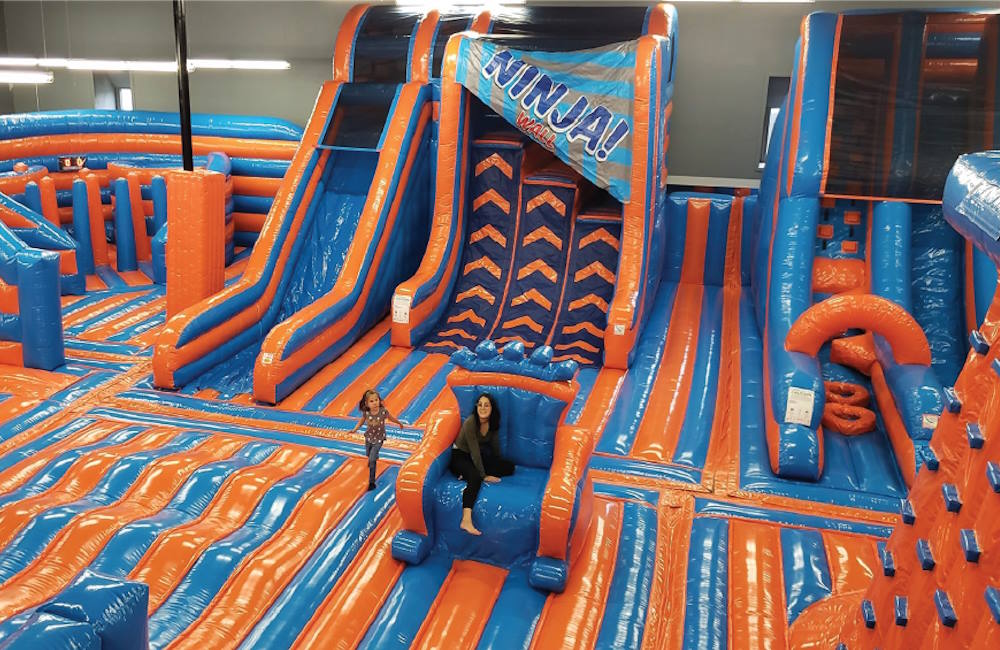For owners of family entertainment centers like trampoline parks or indoor inflatable attractions, peak event seasons offer exciting opportunities and significant challenges. Whether it’s summer break, the winter holidays, or local festivals, these peak times can drive a surge in customer demand, making entertainment center inventory management a critical aspect of success.
To maximize profitability and ensure customer satisfaction, strategic planning for these busy periods is essential. Business owners can improve entertainment center inventory management by considering the wide variety of rentals available, some suited for different seasons.
Most of the following looks at seasonal demand for family entertainment centers, but much of it also applies to businesses that offer entertainment attractions for rental.
Understanding the Cyclical Nature of Demand
The first step in optimizing inventory is understanding the cyclical nature of demand. In the world of family entertainment centers, customer attendance isn’t uniform throughout the year. Instead, it peaks during certain seasons and holidays. Summer vacation, spring break, and the winter holiday season are typically the busiest times for entertainment centers. Additionally, local events, such as school fundraisers or town festivals, can create spikes in demand for those businesses that offer entertainment rentals.
Understanding these patterns allows you to anticipate when certain attractions will be most popular. It also can help you stock up on attractions specific to certain seasons, such as For instance, inflatable water slides may be a hit in the summer, while obstacle courses and bounce houses could see more interest during cooler months when outdoor activities are limited.
Inventory Diversification: The Key to Success
One of the most effective strategies for optimizing your inventory is diversification. Offering a variety of attractions ensures that you can meet diverse customer preferences and maximize engagement across different age groups.
Investing in seasonal attractions is also crucial. For summer, consider adding water-based inflatables, while winter might be the time to focus on indoor attractions like air courts. Seasonal offerings not only attract more customers but also encourage repeat visits, as families return to experience new or limited-time features.
Maintenance and Quality Control: Preparing for the Rush
Peak seasons also demand heightened attention to maintenance and quality control. The increased foot traffic during these times can put a strain on your equipment, so it’s crucial to ensure that everything is in top condition before the rush begins. Regular inspections, timely repairs, and thorough cleanings are essential to prevent breakdowns and ensure a safe environment for your guests.
Consider implementing a maintenance schedule that intensifies as you approach peak seasons. This might include more frequent inspections and servicing of high-use items like trampolines, inflatable obstacle courses, and air courts. Investing in durable, high-quality attractions can also reduce the likelihood of equipment failures during your busiest times, protecting both your reputation and your bottom line.
Inventory Forecasting: Data-Driven Decisions
Effective inventory management relies on accurate forecasting. By analyzing past data, you can predict which attractions will be most in-demand during peak seasons. This data-driven approach allows you to allocate resources effectively, ensuring that popular attractions are available and well-maintained when customer demand is highest.
If you’ve been in business for a few years, historical sales data can provide invaluable insights. Look for trends in attendance, rental rates, and customer feedback to identify which attractions were most popular during previous peak seasons. If you’re newer to the industry, consider reaching out to peers or industry associations for benchmarking data.
In addition to historical data, keep an eye on emerging trends. For example, if you notice a growing interest in a particular type of attraction — such as ninja warrior-style obstacle courses — consider expanding your inventory in that area to capitalize on the trend.
Marketing and Promotion: Maximizing Your Inventory’s Impact
Effective marketing and promotion are key to ensuring that your optimized inventory generates maximum returns. Use targeted marketing campaigns to highlight your seasonal attractions, offering special promotions or packages that encourage group bookings. Social media, email newsletters and local partnerships can all be powerful tools for driving awareness and excitement.
Consider creating seasonal themes or events around your inventory. For example, a summer “Splash Zone” event featuring water-based inflatables or a winter “Bounce Fest” can draw crowds and create buzz. Themed events not only attract more visitors but also provide opportunities for upselling, such as offering bundled tickets or concessions.
By strategically planning and optimizing your inventory for peak event seasons, you can maximize profitability, enhance customer satisfaction, and ensure the long-term success of your family entertainment center. With careful planning and execution, your center can thrive during the busiest times of the year, delivering memorable experiences that keep customers coming back for more.









